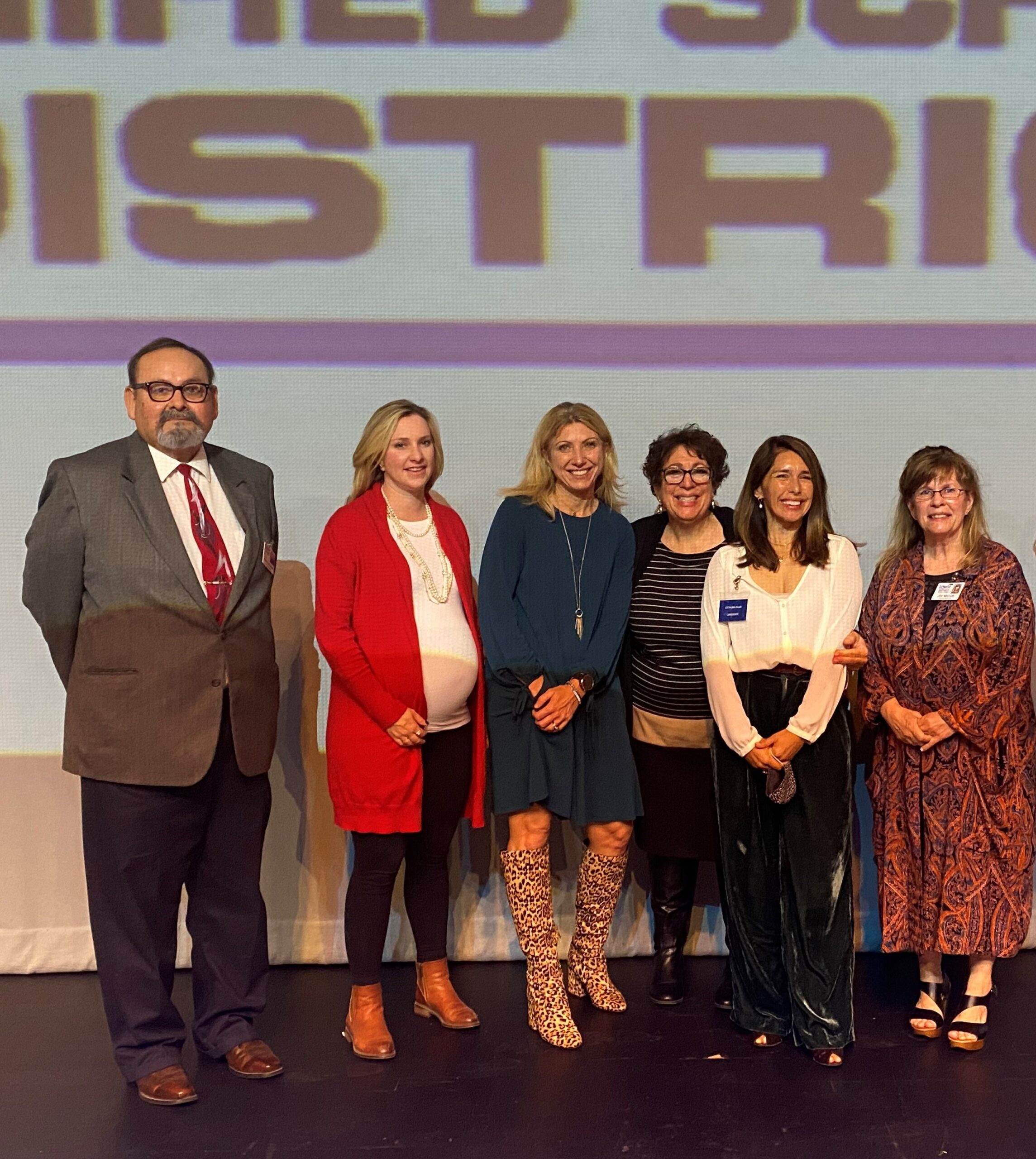By: Ayla Ozturk
The Visalia Unified School District [VUSD] Board of Education is redistricting the Trustee Area map in preparation for the 2022 election.
This allows time for county Registrars of Voters to adjust their boundaries before filing their deadline for the election.
There is also a legal aspect to it. California school districts must redistrict their Trustee Areas every Census year according to California Education Code – EDC § 5019.5. Census years occur every 10 years [for example 2010, 2020, 2030, etc].
The areas must be balanced by the number of members on the Board and the population of each area, splitting the population into 7 groups.
Each area is represented by one board member. The current representatives are as follows:

Trustee Area 1: Walta S. Gamoian, Board Clerk
Trustee Area 2: Juan R. Guerrero, Board President
Trustee Area 3: Joy M. Naylor
Trustee Area 4: Catalina Blair [recently filled vacancy, read more here]
Trustee Area 5: Megan Casebeer Soleno
Trustee Area 6: Vacant [read more here]
Trustee Area 7: Jaqueline A. Gaebe
Trustee Areas are created with population statistics in mind rather than a geographical balance. In addition, Federal law requires the areas to be balanced out racially/ethnically.
Similar demographic characteristics such as income, language spoken at home, type of housing, and Communities of Interest are also considered.
Communities of Interest are defined as “a geographical area [such as a neighborhood] that would benefit from being in the same district because of shared interests, views, or characteristics.”
A few examples are cities, school districts, school attendance areas, downtown areas, historic districts, and housing subdivisions.
In addition, geographic characteristics can define communities, such as those on a highway, one side of a mountain range, around a park, or another publicly-recognized region.
The California Statewide Database (SWDB), which assigns prison inmates to their pre-incarceration home addresses, will also be used.
School districts are not required to use these counts, so the district will begin with the data they have now and revise if needed when the new counts are available.
Even though school districts are not required to, VUSD may use some of the criteria from the California Fair Maps Act of 2019 (AB 849).
The criteria are as followed:
- Geographic contiguity
- Communities of interest are respected
- Other governmental boundaries (e.g., cities, feeder school districts, established neighborhoods) may be used for election district boundaries
- Boundaries are easily identifiable and understandable
- Geographic compactness
- Political parties are not to be considered
- There is no specific mention of incumbency, except that incumbency is not a community of interest
Most redistricting plans try to adjust to the current Board so that there is only one member in each Trustee area.
The Board is allowed to avoid head-to-head contests between members, but only after federal and state law criteria are met. Boundaries that take current members into account still need to meet the criteria as much as possible.
The first elections using the new boundaries will be in November 2022. Board elections are staggered, some members were elected to serve until 2022 and others 2024.
There is a small possibility of a member’s area changing. If so, if the member’s service ends in 2024, they will continue to sit on the Board until the 2024 election, even if they live in the same Trustee Area as a Board member elected in 2022. Once their term is up, the 2022 electee will fill the position.
SchoolWorks Incorporated recently created three potential plans for VUSD; Plans A, B, and C [graphics at the bottom of the page]. Chief Business Officer Nathan Hernandez presented the plans to the public at a couple of meetings at the end of October.
The district is measuring the equity of the areas using the peak deviation of the data. Peak deviation is the largest difference between a value [current population] in the distribution of the data and a fixed number [ideal population]. It cannot exceed 10% and the current peak deviation is over the limit.
According to the 2020 U.S Census, the total population of Visalia is 161,002, giving each area an ideal population of 23,000 [14.29%].
In the case of Plan A, Trustee Area 3 would have the largest population and peak deviation with a population of 23,983 [14.90% of the total population] and a peak deviation of 4.27%.
By the looks of it, Area 4 would still be the largest geographically.
In the case of Plan B, Area 3 would have the largest population and peak deviation with a population of 23,507 [14.60% of the total population] and a peak deviation of 2.20%.
By the looks of it, Area 2 would be the largest geographically.
In the case of Plan C, Area 2 would have the largest population and peak deviation with a population of 23,069 [14.33% of the total population] and a peak deviation of 0.30%.
By the looks of it, Area 4 would remain the largest geographically.
Plan A has the least amount of change, but the largest peak deviation. Plan C has the most change and the smallest peak deviation.
Trustee Area 7 has territory within two high schools in Plans B and C and only one high school in Plan A.
Plan A does not change Area 3 or Area 7. Plans B and C make changes to all 7 trustee areas. The territory that is removed will be from Area 1 and Area 4, which [current;y] have the largest populations.
All three plans are legal options with a peak deviation of less than 10%, similar Hispanic representation,
the largest ratio of the total population in all seven areas, and similar demographics to the current boundaries.
There are no shifts that create an advantage or disadvantage for any minority group.
The largest ratio of the 18+ population is in four areas, Area 2, Area 3, Area 4, and Area 6. The largest ratio of CVAP [citizen voting-age population] is in two areas, Area 2 and Area 6.
All three plans include Area 1, Area 4, and Area 6 having territory in three high schools. Area 2 has territory in one high school and Areas 3 and 5 have territory in two.
Additional maps may be created based on board and community input. The process is strenuous, as a big part of it is data interpretation and analysis.
The community is encouraged to give their input, as the redistricting must be transparent and keep the community in mind.
If you have a comment or idea, email your feedback to Nathan Hernandez [nhernandez@vusd.org]. It will be given to the Board and their demographers.
The pandemic has set the Census Bureau back six months, giving VUSD half the time they would have normally. A plan is hoped to be adopted at the board meeting on December 14th, 2021.
The Board has until February 28th, 2022 to finalize the boundaries. If they fail to decide by then, the county committee on school district organization must redistrict by April 30th, 2022.
Tags: ayla ozturk, board of education, boundaries, boundary redistricting, gopo, government and politics, rangers, redistrict, redistricting, Redwood, redwood gigantea, redwood high school, redwood journalism, redwood rangers, rhs, trustee, trustee area, trustee area boundaries, trustee area boundary redistricting, trustee area redistricting, visalia ca, visalia unified school district, vusd, VUSD board

